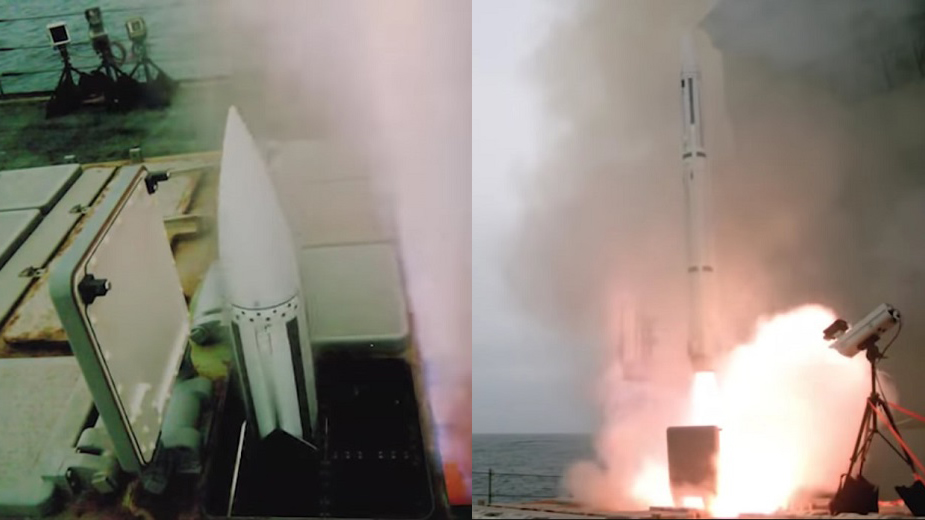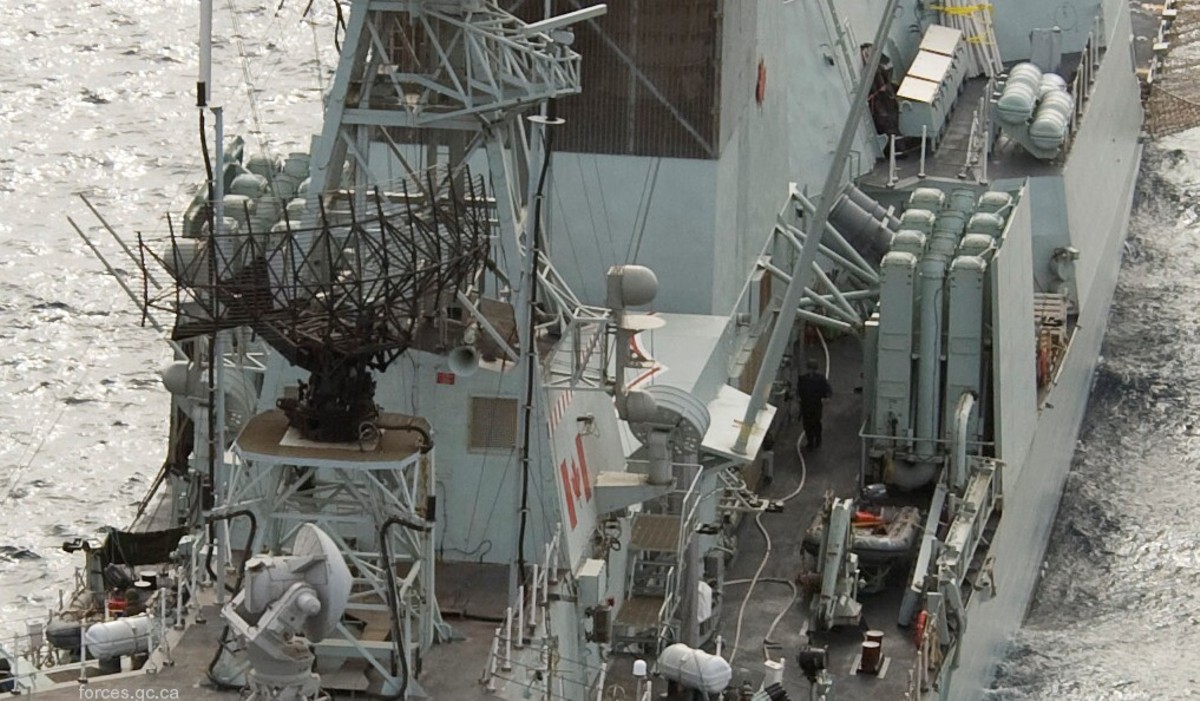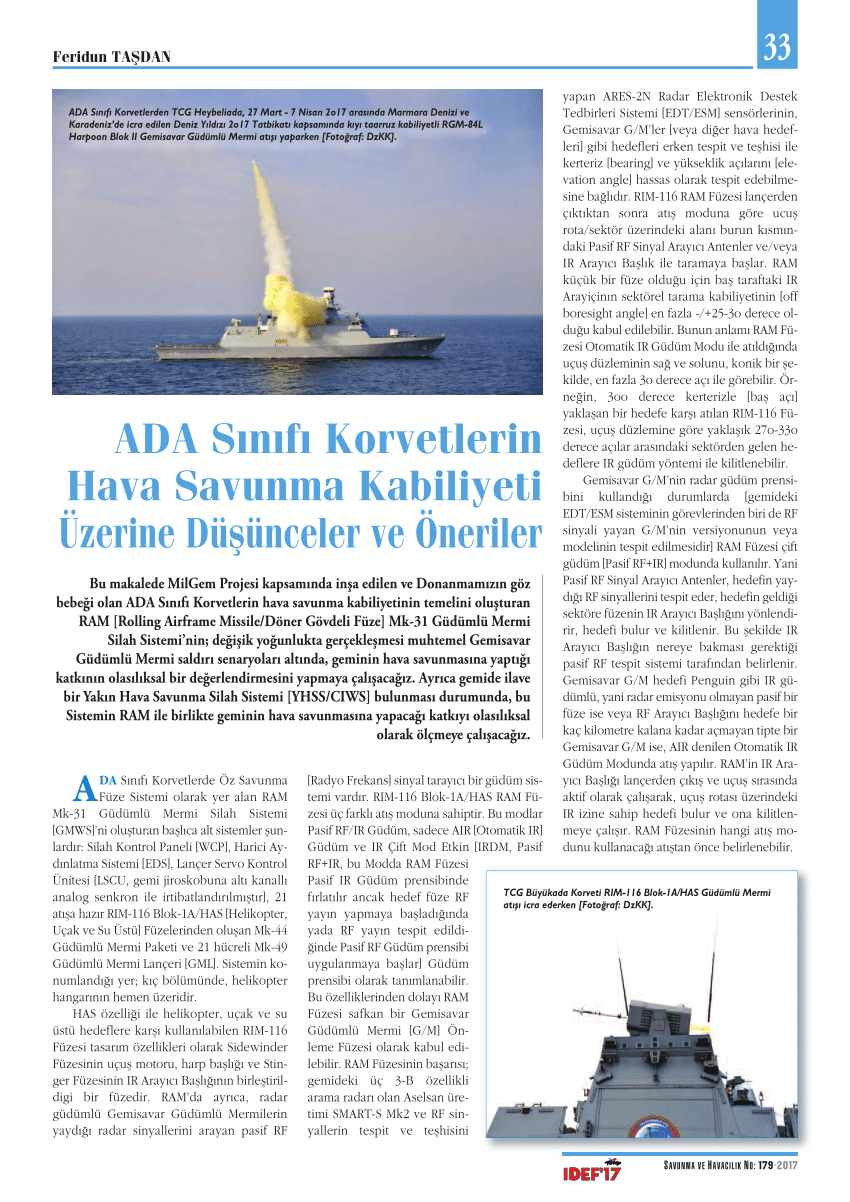Av-8 harriers are blamed for being subsonic. What if you put second engine verticallybritish electric lightning ( mach2 speed) has vertical two engine.
You just add lift nozzles to the bottom engine and get a supersonic vtol fighter.
Hehe, but did you account for the CofG of the lightning?
It would be around the wing area somewhere (for very important reason) and thus you need another set of lift fans in front of it to counter the moment arm and have straight up/down (and also option to trim etc).
Harrier you will notice does this (bleeds forward duct air from the compressor stage)...and combined with the aft ducts (from engine exhaust) impose massive requirements on the raw air needed to operate this way. This is why the harrier has massive air intakes compared to its size.
It is those air intakes that impose the massive penalty on the aircraft not being able to go supersonic (given what intake ramps would impose on the system on intake that large - a design and operation nightmare) rather than the engine raw thrust itself. They figured this out late in design/testing process and prioritised it continuing as VTOL (and dropped the supersonic req.)
These problems are inherent to duct system, it would not really change by putting another engine on top (as you would still have to massive frontal air intake for the lower engine)....as on paper Harrier already has enough thrust to go supersonic relative to its weight...it is rather restricted by the massive shock waves that would develop in transonic region at its air intakes.
Also you would have to change the very nature of the lightning's shock cone inlet to do this (to something resembling harrier), that is a major re-design.
Simply put, you are 100% correct how F-35 does it is far more elegant and efficient. Yak-141 got along the right idea (dedicated lift jets in forward section)...but F-35 really went extra mile and simply put fan there (skip all other nonsense and weight) and have drive shaft for it running from engine RPM.







